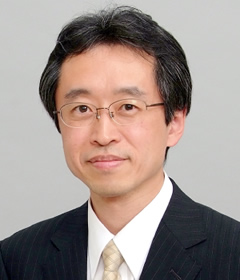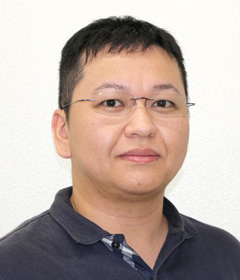Grant-in-Aid for Transformative Research Areas (A)
- Diorama Behavior Team (A01-1)
- Diorama Behavior Team (A01-2)
- Diorama Production Team (A02-1)
- Diorama Production Team (A02-2)
- Mechanical Modeling Team (B01-1)
- Mechanical Modeling Team (B01-2)
- Algorithm Evaluation Team (B02-1)
- Algorithm Evaluation Team (B02-2)
Algorithm Evaluation Team (B02-1)
The Algorithm Evaluation Group (B02) consists of Dr. Nakagaki, who is working on the algorithm of slime mold to find the shortest path in a maze, and Dr. Iima, who is working on the models of collective motion of microalgae. We will evaluate the algorithms proposed by other groups including Publicly Offered Research groups, and provide feedbacks to each research project.
Algorithms for Collective Space Exploration and Space Utilization in Ciliates and Amoebae
Two themes will be carried out in three work steps (experiment, dynamics analysis, and algorithm analysis).
(1) Co-development patterns of colonies and transport networks adapted to diverse spatial structures: a comparison between slime mold and human societies
A giant amoeboid organism, a plasmodium of slime mold Physarum polycepharum, creates a reticulated tube network that extends over its entire body and freely reconstructs itself according to the external environment. The heart of the network is a surprisingly simple “current-reinforcement rule," i.e., the tubes become thicker when the flow through the tube itself is fast, and become thinner when not fast (Nakagaki et al., Nature 2000; Tero, et al., Science 2010). To extend these results, we will investigate the co-development of human society, cities, and transportation networks, as well as the construction of environmentally adaptive networks in various biological systems.
(2) Efficient three-dimensional spatial exploration by collective swimming of ciliates and microalgae: from biological convection to adaptive distribution of individuals
Ciliates and microalgae aggregate near the water surface based on their individual-level chemotaxis (responsiveness to gravity, light, etc.), which results in a top-heavy density distribution and causes convection phenomena. We will explore and analyze the formation of biological convection patterns in various ciliates and microalgae to understand the physiological and ecological significance of their spatial utilization.
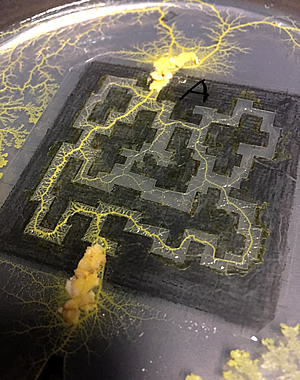
the plasmodium of slime mould that forms a tubular hods along the short path of the maze.
Algorithm Evaluation Team (B02-1)
member
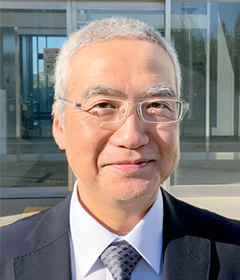
Research Institute for Electronic Science, Hokkaido University
Professor Toshiyuki Nakagaki
Dr. Nakagaki received his Master's degree from the Graduate School of Pharmaceutical Sciences, Hokkaido University in 1989. After working for a pharmaceutical company, he completed his doctorate at the Graduate School of Human Informatics, Nagoya University in 1997 while working as a part-time lecturer at a correspondence high school.
He has been an associate professor at Research Institute for Electronic Science, Hokkaido University, and a professor at the Department of Complex Intelligence, Future University Hakodate.
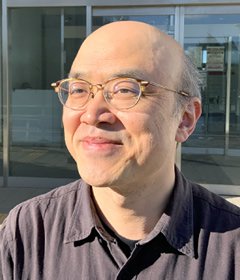
University of Toyama
Program of Mathematics and Informatics,
Faculty of Science, Academic Assembly
Specially Appointed ProfessorKatsuhiko Sato

Kanazawa Gakuin University
Faculty of Economics and Information, Department of Economic Information
ProfessorYoshimi Tanaka

Yamaguchi University
Graduate School of Science and Technology of innovation (Science)
ProfessorManabu Hori

Hokkaido University
Research Institute for Electronic Science
Postdoctoral FellowCharles Fosseprez
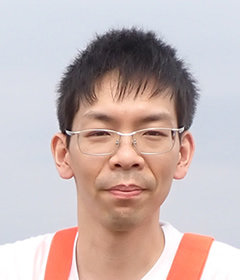
Hokkaido University
Research Institute for Electronic Science
Postdoctoral FellowAtsushi Taniguchi
 Ethological dynamics in diorama environments
Ethological dynamics in diorama environments